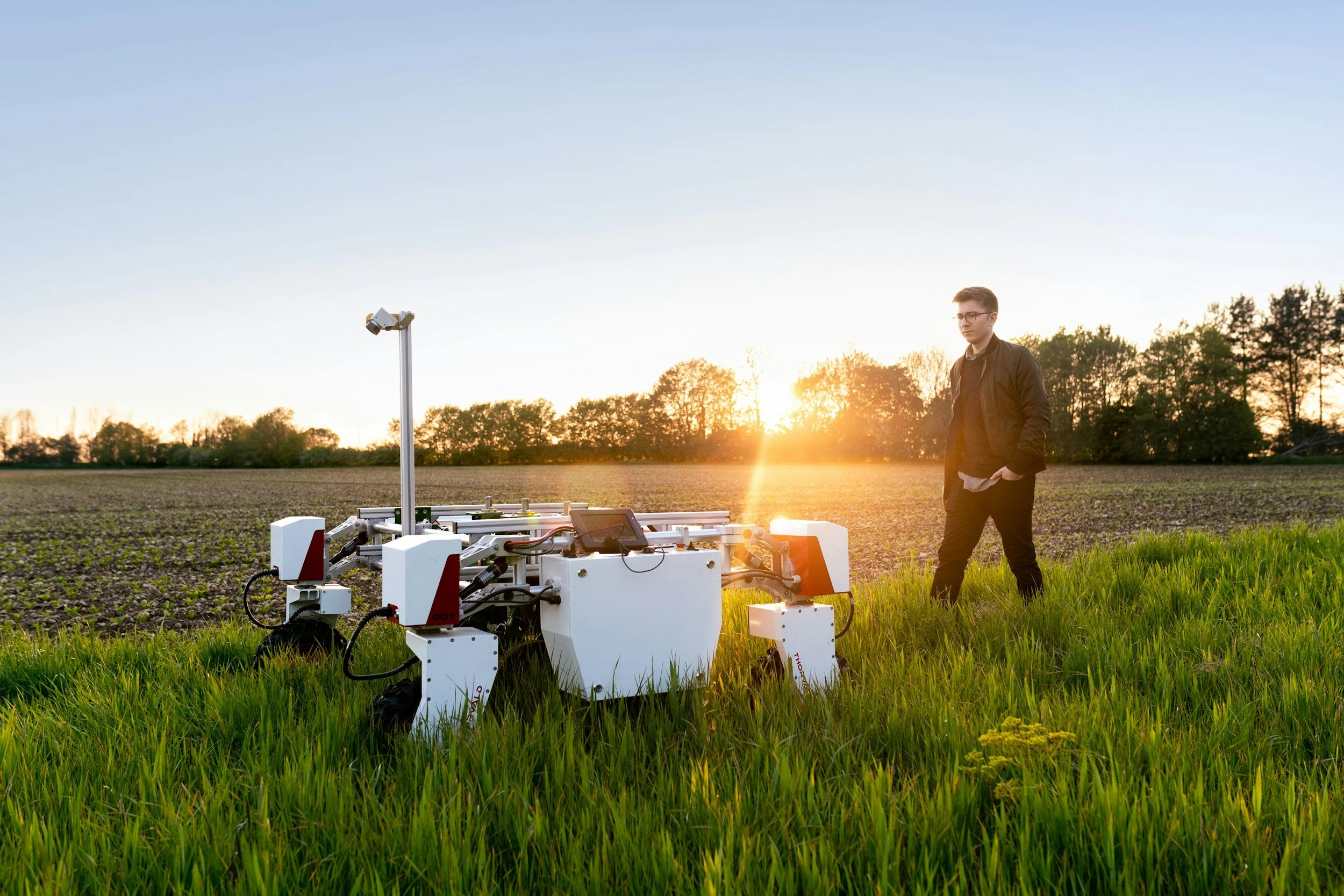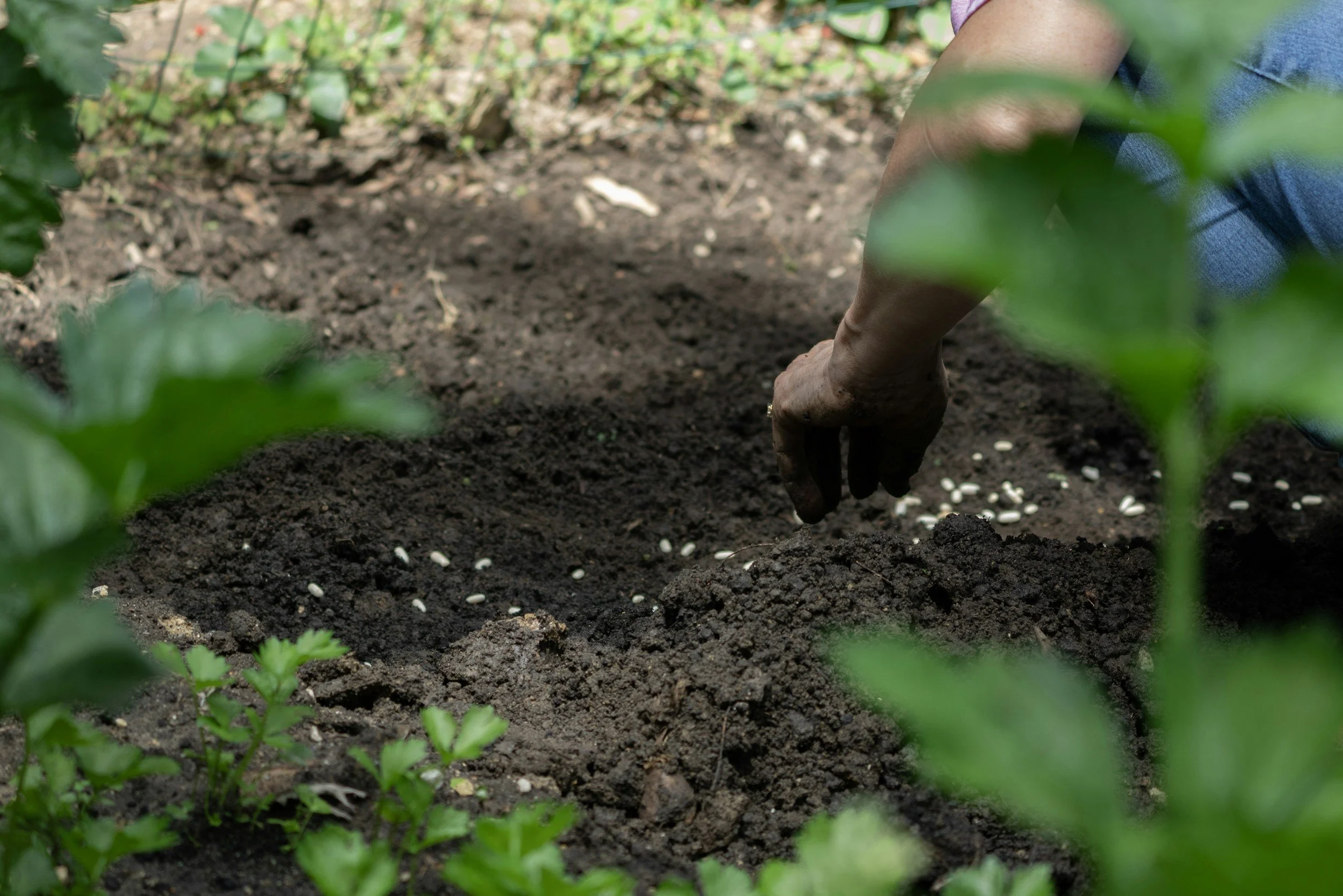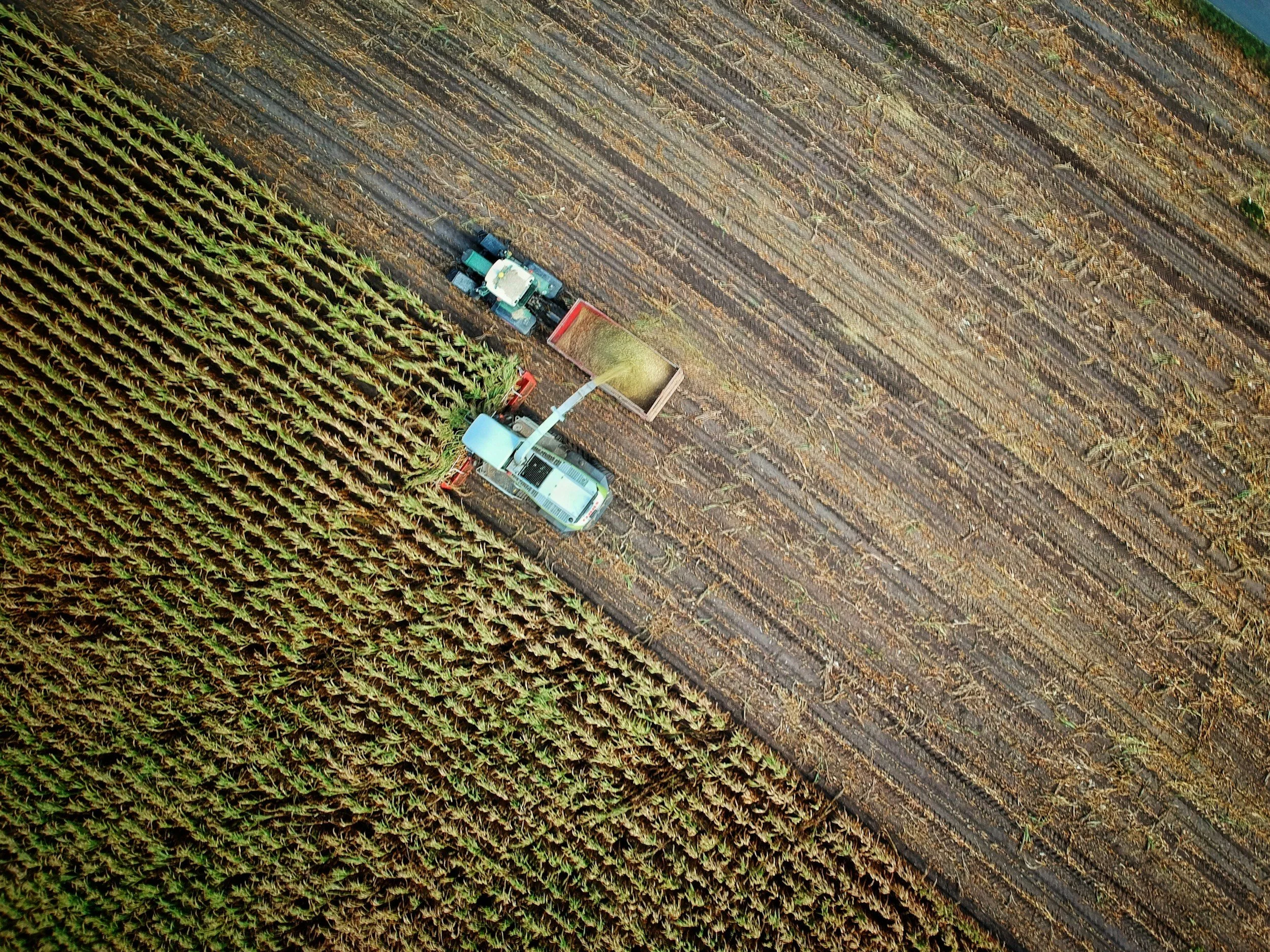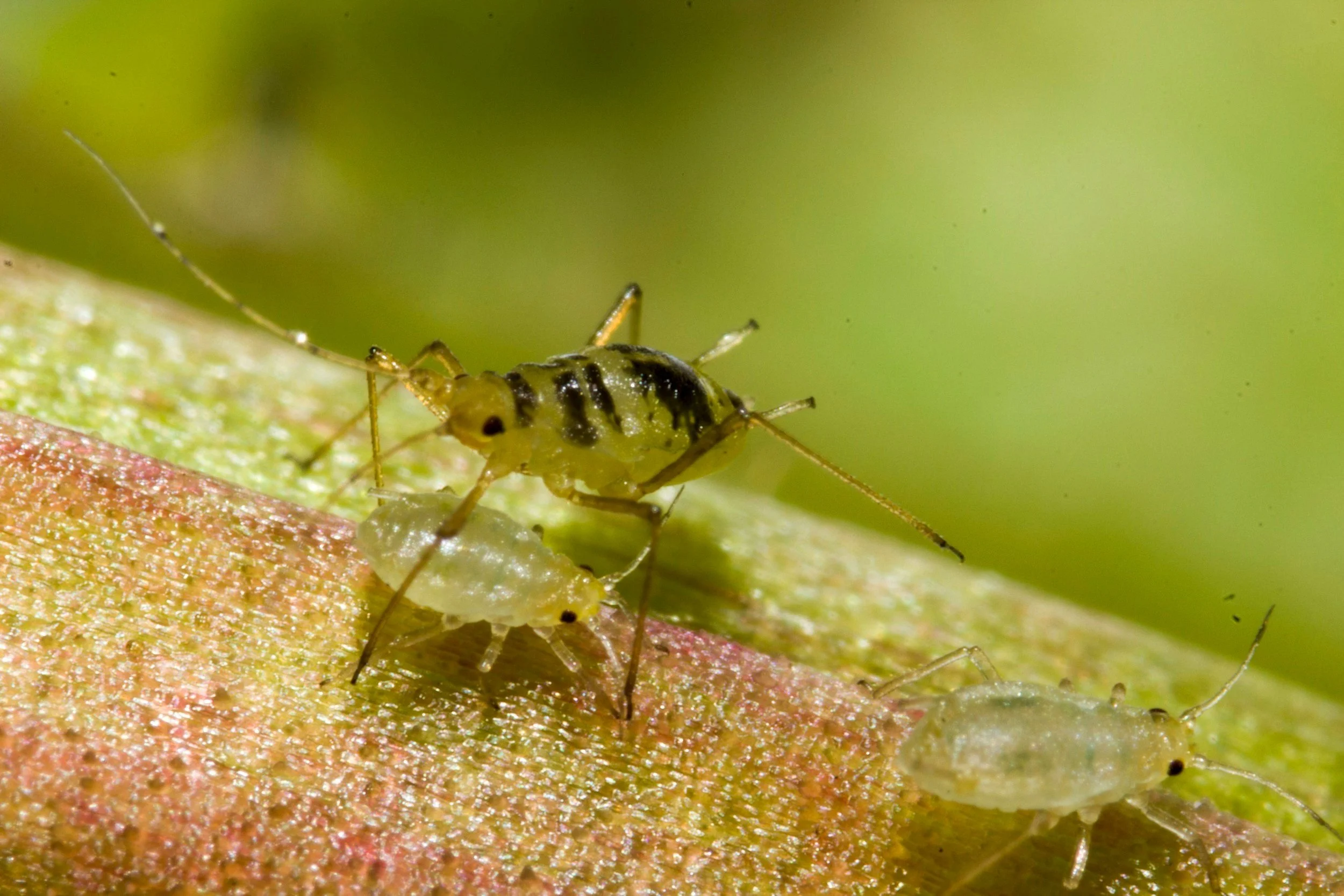Helping Kids Learn to Reduce, Reuse, and Recycle
/Guest post by Bob Roberts
By reducing the amount of natural resources you consume, reusing items that would otherwise go to waste, and recycling trash so it can be repurposed, you’re helping ensure a brighter future for children today. However, planning for the future includes not only taking steps in the present, but also preparing for tomorrow. By teaching children good conservation practices today, you’ll contribute to a cleaner future. Children who learn how to reduce, reuse and recycle now will gain the foundation they need to pass those practices on to their children and continue preserving natural resources.
Read More

















![Eco-Labels Around the World (Interactive Infographic]](https://images.squarespace-cdn.com/content/v1/526e7179e4b0dda0159f0a13/1525479978026-KHAACVZPYUWB4PXLKCUR/ecolabels2.jpg)

































